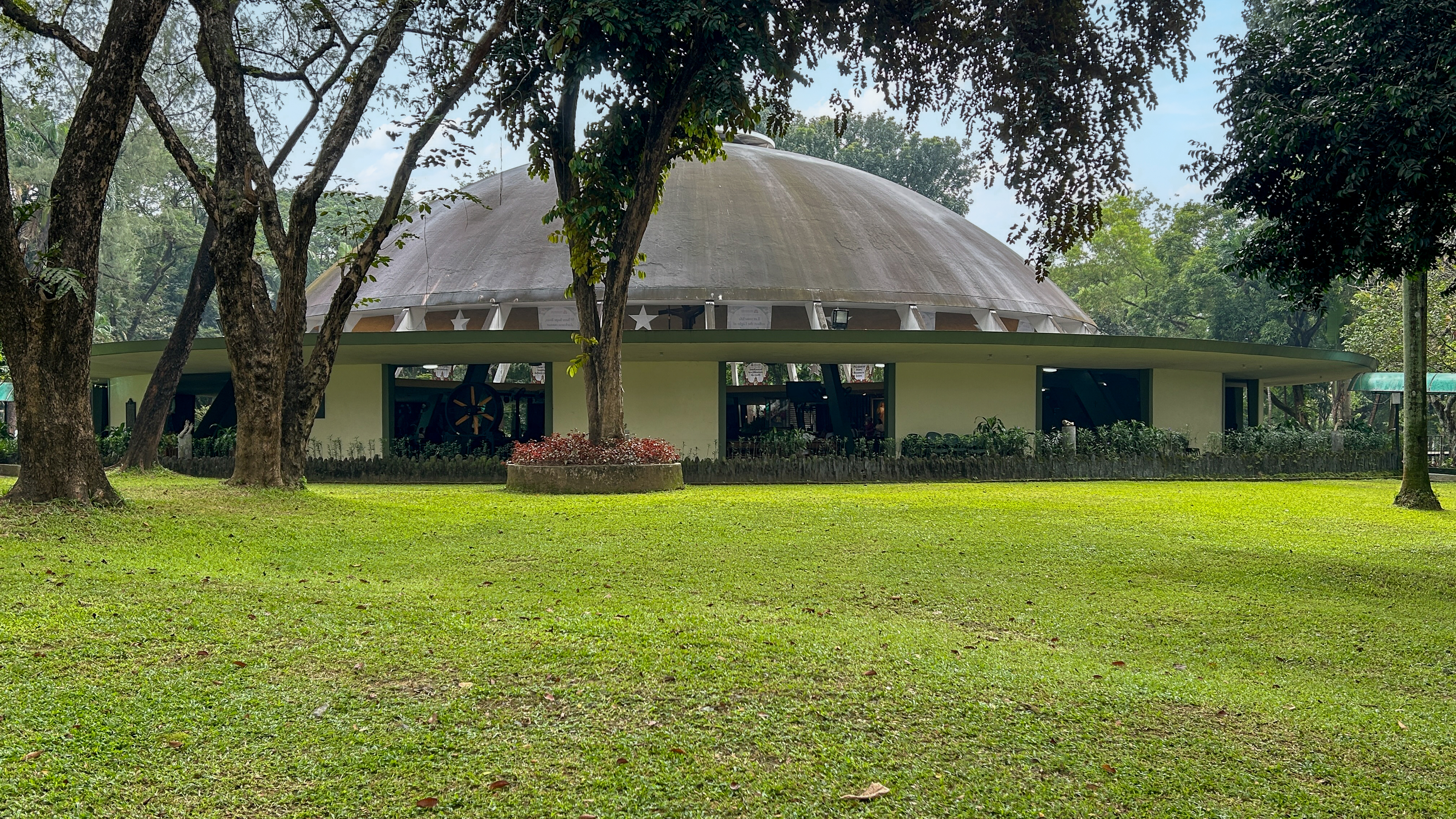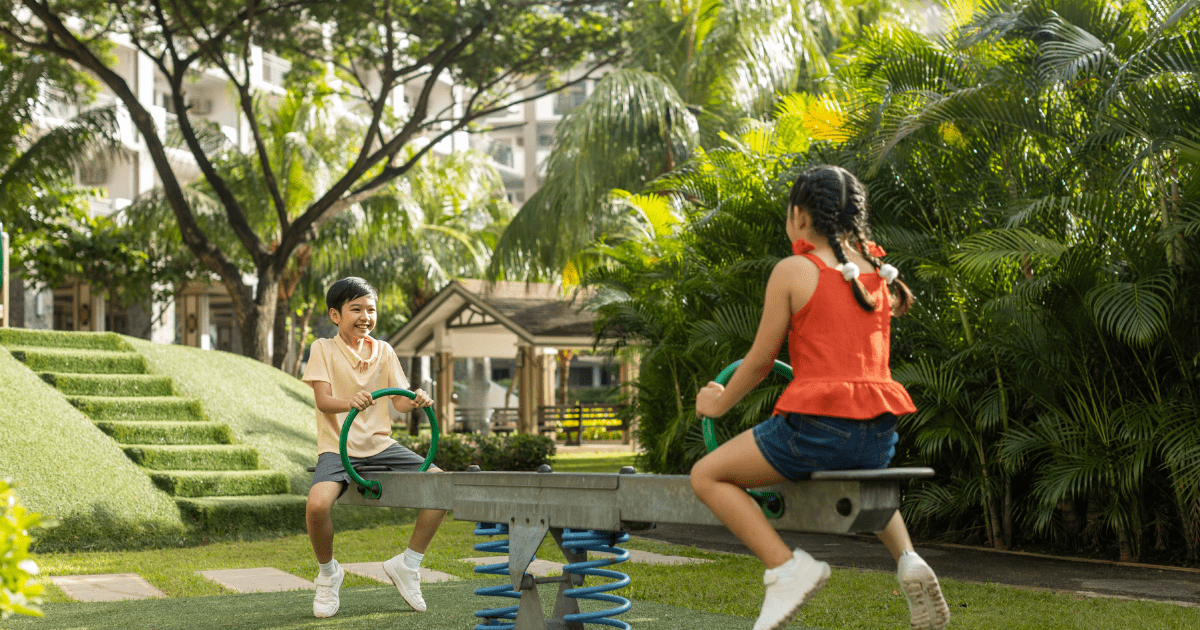Designing safe, comfortable condos through wind and climate engineering

RWDI’s 3D wind tunnel model rotates for 360° analysis. (Screen grab from RWDI’s YouTube Channel)
For over two decades, DMCI Homes has built a sterling reputation for constructing residential condominiums well-engineered and thoughtfully designed to provide safe, healthy, and comfortable living spaces for homeowners.
Apart from ensuring structural integrity, DMCI Homes also ascertains livability inside its condos by managing elements that affect day-to-day living experience such as wind, sunlight, temperature, and humidity.
DMCI Homes even introduced a healthy building design called Lumiventt® Design Technology, which ensures free-flowing air and abundant natural light inside its high-rise condos.
Preventing discomfort
DMCI Homes, however, has to manage the wind force and sunlight going inside the structures so as not to put occupants at risk or discomfort.
The company is able to do this through collaboration with respected local and international partners like RWDI, a climate engineering and environmental consulting firm headquartered in Ontario, Canada, with offices worldwide.
Over the past 50 years, RWDI has provided consultancy services to complex projects around the world. The list includes 18 of the world’s 25 tallest towers like Burj Khalifa in Dubai; Kingdom Tower in Saudi Arabia; Shanghai Tower in China; Taipei 101 in Taiwan; and Petronas Twin Towers and Merdeka 118 in Kuala Lumpur.
For DMCI Homes, RWDI has provided wind tunnel testing services to ongoing projects like Allegra Garden Place, The Erin Heights, The Oriana, and Sage Residences as well as upcoming projects like Kalea Heights, Sinclair Residences, Sovanna Towers, and The Valeron Tower.

During the wind tunnel test, floor roughness is adjusted to create wind turbulence while wind vortices are visualized using smoke. (Screen grab from RWDI’s YouTube Channel)
Focus on day-to-day experiences
Ganesh Krishnan, Regional Manager in RWDI’s Kuala Lumpur Regional Office, said through wind tunnel testing, their company helps ensure that the structural design of buildings is strong enough to resist the wind forces while delivering a safe and comfortable experience for end-users.
“This means that the building is structurally optimized, safe, and doesn’t move unnecessarily or too much in the wind to the extent that it causes motion sickness or nausea,” Krishnan said.
Additionally, RWDI performs a pedestrian level wind study, a component of a wind tunnel test, which focuses on the day-to-day experiences of people using the spaces in and around the development.
“This includes those patrons who are walking towards the building, walking around the building, using the podium, and using the terraces, rooftop pools, and rooftop – effectively all outdoor spaces of the building enjoyed by patrons,” Krishnan said.
“We assess for two main criteria: How windy it is or whether it is too windy not only for the fit people who are using it, but also people who may not be able to withstand high wind forces. We have to consider that as well,” he explained.

RWDI provided wind tunnel services for The Oriana, DMCI Homes residential condominium along Aurora Boulevard, Quezon City. (Artist’s illustration)
How it’s done
Krishnan said a typical wind tunnel study begins with the determination of the local wind climate by RWDI’s own dedicated meteorological department.
“We require understanding of the local terrain and the local topography, basically where the building is located. What does the site look like? What surrounds it? Is it on a hill? Is it in a mountainous region?” asked Krishnan.
“All of that has an impact on the actual outcome of the results so we also have to think ahead and look around for these factors,” he continued.
RWDI then begins the process of creating a digital wind tunnel model by incorporating the architect’s vision and the developer’s vision of the development.
“We digitize this model and we 3D print it using our in-house 3D printers. We incorporate meteorological data, and wind tunnel data. We process and analyze the data, and then quality assurance takes place,” Krishnan explained.

Wind tunnel testing also helps guarantee the safety and comfort of end-users.
Maximizing the Lumiventt® Design
In the case of the Lumiventt® Design Technology, Krishnan said RWDI helps DMCI Homes maximize pedestrian usage of these spaces.
“RWDI would typically conduct for example a thermal comfort study to incorporate the effects of solar radiation, humidity, shade, patron activity level, even typical patron clothing attire to determine the overall comfort levels within the Lumiventt® space,” said Krishnan in reference to Sky Patios and breezeways where the light and air enter and circulate inside DMCI Homes’ condos.
“RWDI likewise can additionally conduct a wind-driven rain study to determine the rain penetration into the Lumiventt® space,” he added.
Explore RWDI's wind tunnel testing process in this video.
DMCI Homes is the Philippines’ first Quadruple A real estate developer known for building quality resort-inspired communities in Mega Manila, Baguio, Boracay, and Davao City. The company now has over 60 properties in its portfolio since it was launched in 1999.
To learn more about DMCI Homes’ pre-selling and ready for occupancy projects, units for lease, and special promos, call (632) 5324-8888. You can also visit leasing.dmcihomes.com to know more about opportunities in leasing and rent-to-own programs of DMCI Homes. News and other updates are also posted on the company’s official website and social media accounts on Facebook, Twitter, Instagram, and YouTube.
How do you feel about it?






